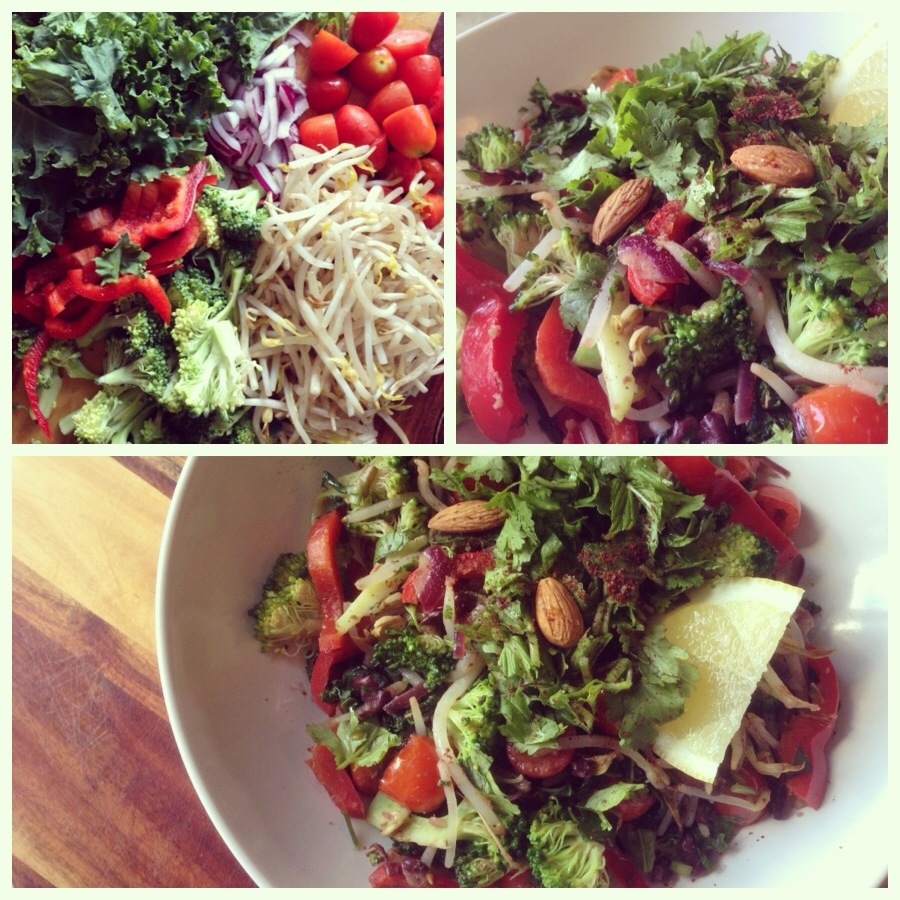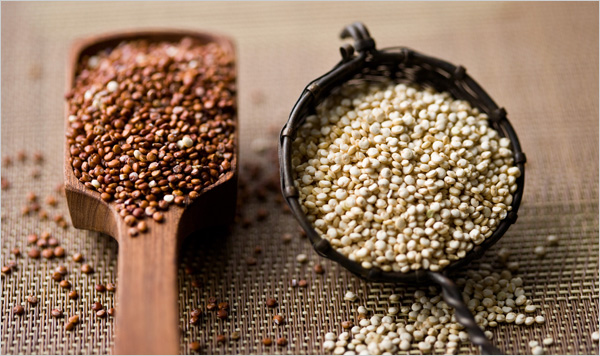Maximising your nutrient intake
I often get asked by my clients what the best way is to make sure that they achieve their requirements for their vitamins and minerals. There are two answers -
1. If you want to make 100% sure, see an accredited practicing dietitian who can analyse your diet in detail.
AND
2. Eat a wide variety of different foods (at least 20 different foods per day) and eat them in lots of different colours!!
Why? The more colour a fruit or vegetable has, the more concentrated the vitamins or minerals! This is almost always an indicator that it will be more nutritious.
Here are some examples of colourful fruit and vegetables and how they can benefit your health:
Red - strawberries, tomatoes, radishes, beetroot, rhubarb, pomegranate. These contain lycopenes and anthocyans, believed to help reduce the risk of certain cancers, improve heart health, and help fight off infections.
Orange & Yellow - sweet potato, mango, carrots, pumpkin, oranges. These contain carotenoids and bioflavonoids which help improve vision, fight off cancer, slow ageing, and maintain a healthy immune system.
Green - kiwi fruit, avocado, spinach, kale, asparagus, broccoli, zucchini. These contain phytochemicals that help antioxidants fight carcinogens and strengthen our bones!
Purple & blue - blueberries, raisins, eggplant, figs, plums. They contain anthocyans and resveratol that may reduce cancer risk and slow down ageing.
This is more than enough reason for me to eat colourful! So that's what I did for lunch today...

